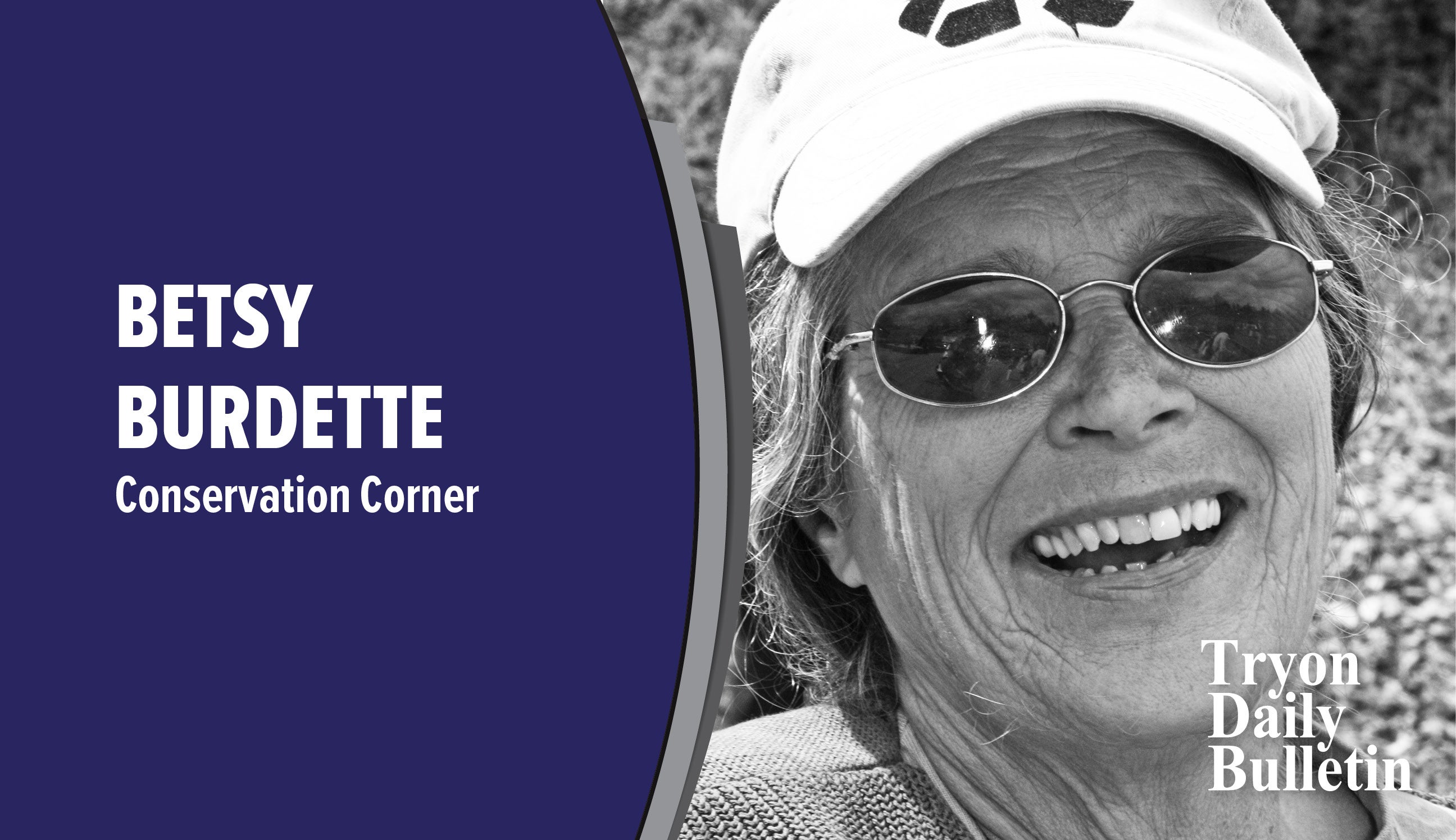A lesson from Iona
Published 8:00 am Friday, June 2, 2023
|
Getting your Trinity Audio player ready...
|
As I write this, I am sitting on an airplane on the way home from a week in Scotland. Our son John and I took a trip to the small island of Iona, on the west coast of Scotland, when John was 11 years old; this was a fun “return” trip. One of our memories from that trip 32 years ago was taking a bus ride through the Isle of Mull (which lies between Iona and the mainland) and looking at the barbed wire fences around the beautiful moors; the fences were covered with plastic bags that had blown in from the Atlantic Ocean. It was a sight I will never forget.
This time there were no plastic bags hanging from those barbed wire fences, thank goodness. It is a sign that we are all trying harder to control, or minimize pollution resulting from our modern way of life. But we have a long way to go!
Now all the food on airplanes, and on the streets, is wrapped in single-use plastics. We know that some of this gets recycled, which in itself requires fossil fuels to transport the waste, clean it, reshape it,…on and on. We’ve got a long way to go before we clean up our act, that’s for sure. The most optimistic thing that I can say is “at least we’re trying.”
Iona is the island where St. Columbo brought Christianity to Scotland in the year 563 AD. The island is about 3 miles long and 1.5 miles wide. It served as a monastery and a spiritual home for Christians and a sanctuary for women for centuries. The historic Bishop’s House has been open for people seeking shelter and spiritual comfort for centuries, as it does today. There is a worship service in the ancient cathedral every day for people of all faiths.
How has this small community been able to survive, with only about 130 year-round residents? Yes, there are chickens and sheep and gardens for growing food, and plenty of fish in the surrounding ocean waters, but there are no two-lane roads and the ferry to the island runs only from 6:30 a.m. to 6:30 p.m. Yet Iona is doing quite well.
The answer is “community.” The people understand that we either all win or we all lose. Most of their income comes from tourism. Those sheep do put out plenty of beautiful wool to sell, wool that has kept their ancestors warm for centuries. But the people of Iona have not allowed tourism to steal what is most precious – the beauty, remoteness, the quiet and the spiritual comfort that is granted to those who live there and those who come to visit.
Yes, the internet has reached the island. When someone wants a reservation, they call a guesthouse or hotel; if that accommodation is full, the hotel calls all the other lodgings to find a room for that caller. The same goes for food; when I wanted something that a shop did not have, that shop owner told us where to find what I wanted and called to make sure that item was available, and told us what road or path to use to get there.
There are wide trails leading to St. Columbo Bay, and to the caves that are home to hundreds of puffins, trails that go through the sheep and cow fields. Visitors simply open and close the pasture gates when they walk through.
The community takes care of itself while also taking care of its visitors. Competition is not part of the picture. Oh, and here’s another modern ‘invention’ that makes it all work – credit cards actually make all of this work better because people of all nationalities and currencies are welcome everywhere on the island,
Now, think about where we live, and what is most important for us to nurture and preserve. It’s not the high real-estate values! It’s the natural beauty that surrounds us, and the ‘small town’ atmosphere of helping each other for the benefit of the entire community. All our lives we have been taught to save, but it’s always been about money. In truth, we really need to be saving what is most precious to us. And we can do that if we work together. We can share that love of our beautiful natural environment with others who come to visit our farms, walk our trails, and climb our mountains. It takes vision, commitment, and working together.
It takes Community!


